Medical Treatment Options
Medical Treatment Options in Ashland, Kentucky
Medical Treatment Options for Substance Abuse
Break the cycle of addiction with Ultimate Treatment Center's medical treatment options. Trust us to be your beacon of hope and healing.
We understand that addressing substance abuse requires a multifaceted approach. Our medical treatment options are designed to not only alleviate withdrawal symptoms but also address the underlying causes of addiction, providing a comprehensive path to recovery.

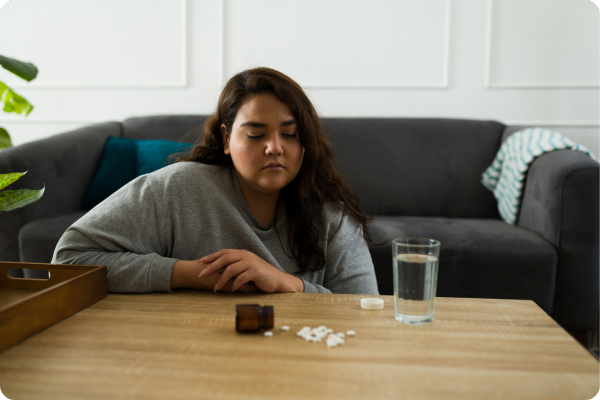
Medication-Assisted Treatment (MAT)
One of the cornerstone medical treatment options we offer is Medication-Assisted Treatment (MAT). MAT combines FDA-approved medications with counseling and behavioral therapies to treat substance use disorders. This approach has been shown to be highly effective in helping individuals overcome addiction to opioids, alcohol, and other substances.
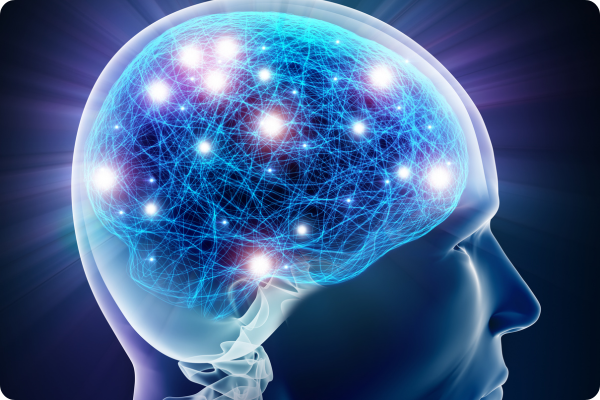
Opioid Agonist Treatment
Opioid agonist treatment is a type of MAT that involves the use of medications such as methadone or buprenorphine to help reduce cravings and withdrawal symptoms in individuals addicted to opioids. By targeting the same receptors in the brain as opioids, these medications can help stabilize brain chemistry and reduce the risk of relapse.
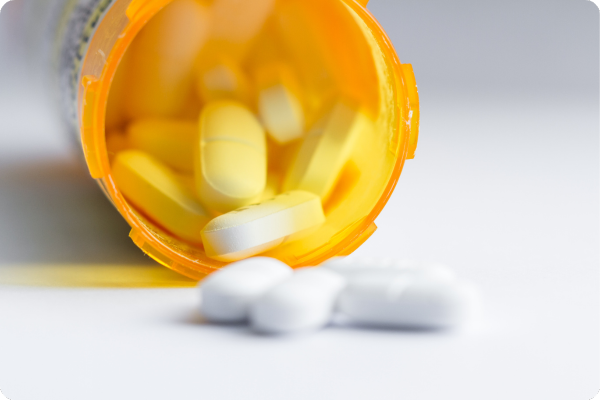
Opioid Partial Agonist Treatment
Opioid partial agonist treatment is another option we offer for individuals struggling with opioid addiction. Medications like buprenorphine act as partial agonists, meaning they activate the opioid receptors in the brain to a lesser extent than full agonists like heroin or oxycodone. This can help alleviate withdrawal symptoms and cravings without producing the same euphoric effects, making it a safer alternative for long-term recovery.
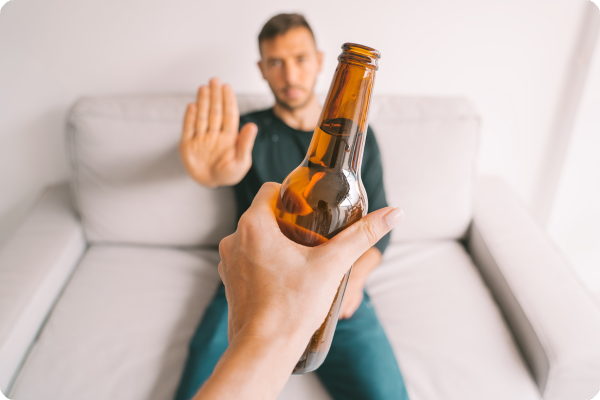
Anti-Agonist Treatment
For individuals with alcohol use disorder, anti-agonist treatment may be recommended. Medications such as naltrexone work by blocking the effects of alcohol in the brain, reducing the desire to drink and helping to prevent relapse. This can be especially beneficial for individuals who have struggled with chronic relapse or have a high risk of returning to problematic drinking patterns.

Comprehensive Care for Substance Use Disorder
Our team at Ultimate Treatment Center grasps that addiction transcends mere physical dependency; it's a nuanced interplay of biological, psychological, and social elements. Our holistic treatment approach tackles every facet of your addiction, guaranteeing a thorough and enduring recovery.
Within our array of specialized medical treatments tailored for substance use disorder, we provide opioid agonist treatment, opioid partial agonist treatment, and anti-agonist treatment. Each therapy is meticulously chosen and applied to cater to the unique needs of our clients, ensuring comprehensive care that bolsters their journey to recovery.

Personalized Support Every Step of the Way
No two individuals experience addiction in the same way, which is why we prioritize personalized care at Ultimate Treatment Center. Our experienced clinicians and therapists collaborate with you to create a treatment plan that reflects your unique needs, preferences, and goals.
Whether you're seeking outpatient care or intensive therapy, we offer a range of programs tailored to meet you where you are on your path to recovery. With compassionate support and individualized attention, we empower you to reclaim control of your life and embrace a future free from addiction.
Why Choose Us
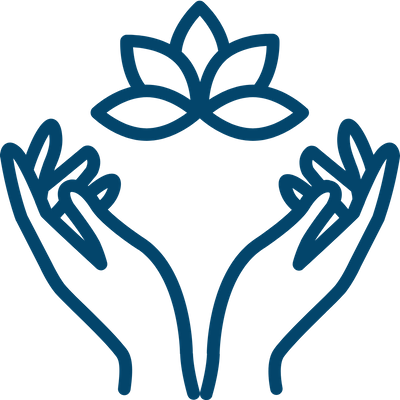
Holistic Approach
We provide comprehensive care that addresses the physical, psychological, and social aspects of addiction, ensuring thorough healing.
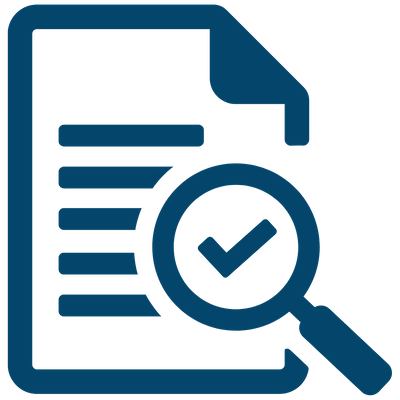
Evidence-Based Practices
Our treatments are rooted in the latest research, offering proven methods for effective recovery.
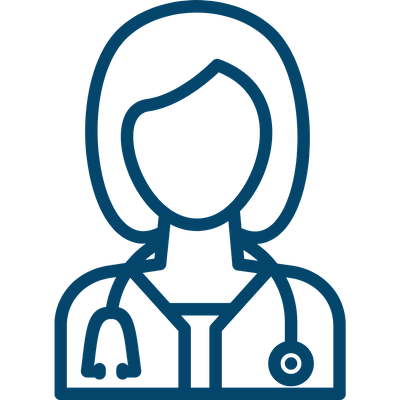
Experienced Professionals
Our team comprises skilled professionals with years of experience in addiction treatment, providing expert care and support.
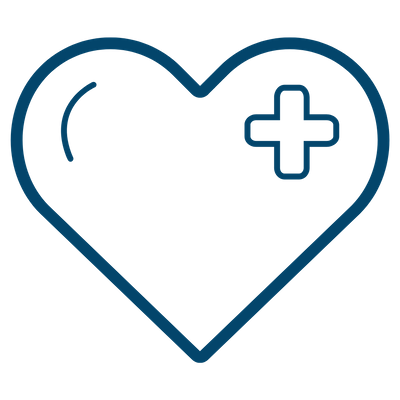
Personalized Treatment Plans
We tailor treatment to individual needs, crafting plans that maximize success.
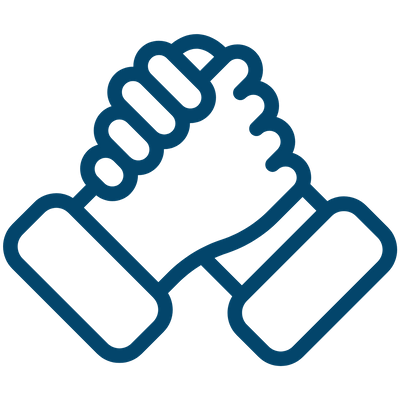
Supportive Environment
You'll find a nurturing community and a safe space to navigate your recovery journey.
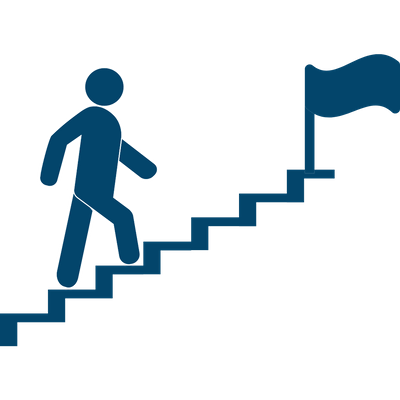
Commitment to Success
Your success is our priority, and we're dedicated to supporting you every step of the way, from intake to long-term sobriety.
Your journey to recovery starts here.
Take the courageous step toward a better future by reaching out to us today. Our compassionate team will listen, understand your needs, and tailor a personalized treatment plan just for you. Don't wait any longer to reclaim control of your life. Contact us now and begin your journey to recovery.
